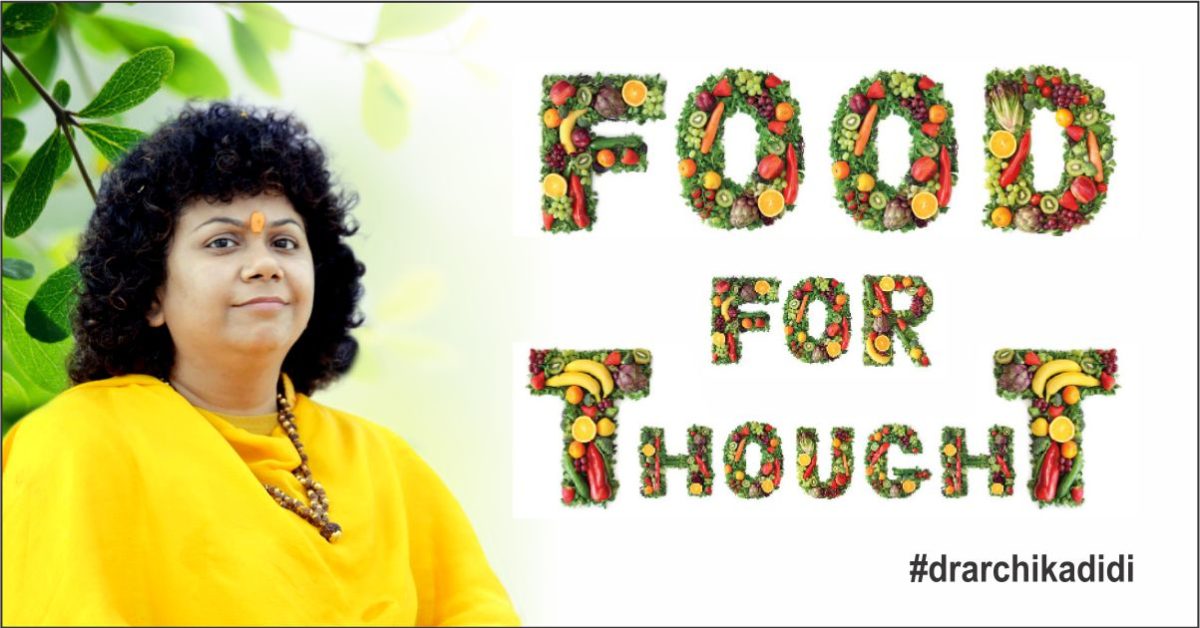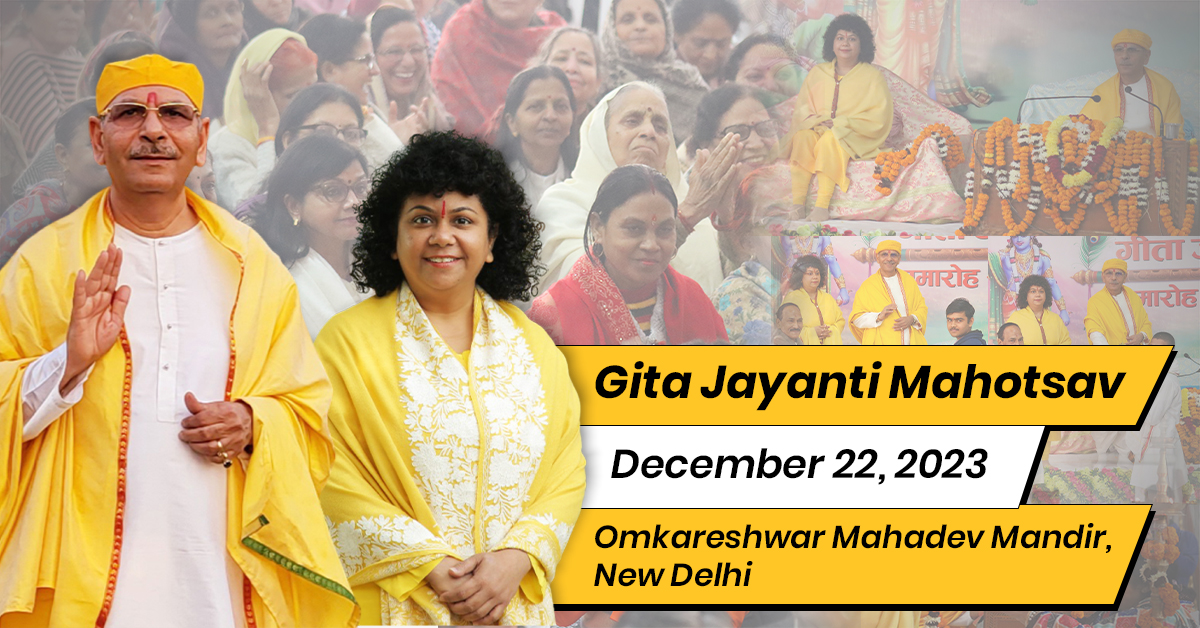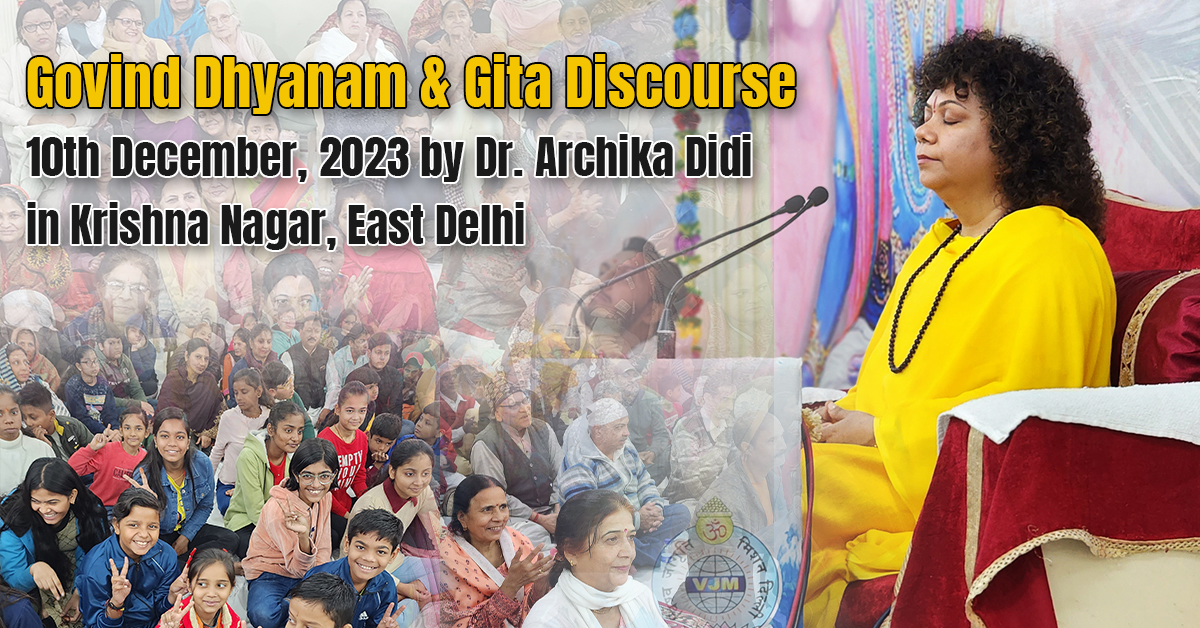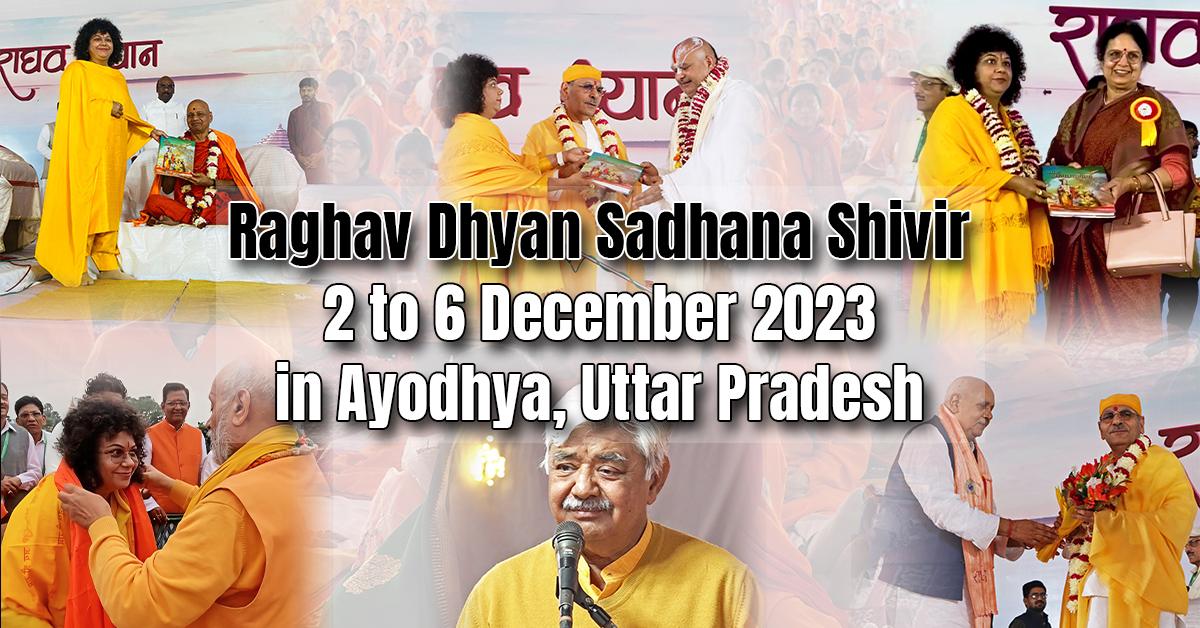Food For Thought
Giving in to one’s gluttony, disregarding diets and collecting calories is how we have come to terms with our eating habits. Whatever is cheap or convenient has become the standard knowledgeable people stoop to and the most disappointing aspect of it all is, we’re okay with it. Since when did you start thinking that your unhealthy lifestyle won’t catch up to you? The consumption of food is not merely an activity one indulges in three times a day. There’s a science behind the art of eating and you’ll be surprised how effective it can be.
Each item of food offers a different nutrition and every nutrient is beneficial to the body and mind. A subtle part of the food we eat also becomes psychosomatic. It becomes part of our body as well as out mind. Our body is made up of 70% water and the rest comprises of organs, these organs function on different micronutrients. Micronutrients cause our bodily functions to keep going, each organ needs different nutrients hence inducing a balanced diet. A balanced diet can be achieved by eating your food in small portions, dividing it in such a way that your body never runs out of fuel and keeps you energetic throughout the day. The concept of a balanced diet has existed since the beginning of time but initially originated from a Sattvic diet, which is also an anti-carcinogenic diet; a diet we should all embrace with open arms.
Rajsic, Sattvic & Tamsic Diet
“Sattvic” derived from Sanskrit, means pure and divine. To follow a Sattvic diet, is to prepare your meals using the right plan-based ingredients. Sattvic diet states that one should not only eat for taste; the food needs to be nutrient rich and should not be the cause of restlessness or fatigue, which would make it “Rajsic” or food from a ‘Rajsic’ diet. The Rajsic diet is strictly opposed in spiritual lifestyles. However, things can be worse if you’re following a diet that makes one gain weight and turns one lethargic; in other words a “Tamsic” diet. These are the different types of diets cited in the Vedas.
As we evolve towards a technologically advanced world, it becomes essential for everyone to follow a healthy routine. On the same lines one must exercise for at least half an hour a day and eat at equal intervals in relatively smaller portions. Most importantly, one must pray before eating, for anything we ingest with good intentions, becomes part of us in a positive manner, furthermore feeding the Soul.
One must eat to live and not live to eat.
The Soul is wrapped inside five layers called Pancha kosha of Arishadvarga. The outermost of the Pancha koshas is the Annamay Kosh (Food Sheath); beneath it lies the Pranmay Kosh (Vital Air Sheath); beyond that lies the Manomay Kosh (Mind Sheath); then lies the Vigyanmay Kosh (Intellect Sheath) and finally, the Aanandmay Kosh (Bliss Sheath) where one attains ceaseless joy, unrelated to the body or mind. The right Guru can help you reach the innermost Kosh by guiding your diet and thoughts.
Eating what is right for us (not becoming slaves to our taste buds) is the spiritual way of living. Craving for the taste of food is just momentary; the satisfaction that follows never lasts longer than a day at most. Food is merely a fuel for your bodily functions. A spiritual being does not work according to the body, so eat enough for your body to function well, but do not run after taste. One must eat to live and not live to eat.




